Along the Eastern Line of China’s South-North Water Transfer Project
Circle of Blue reporter Nadya Ivanova recounts her recent trip to China and updates our coverage of the nation’s massive water transfer project.
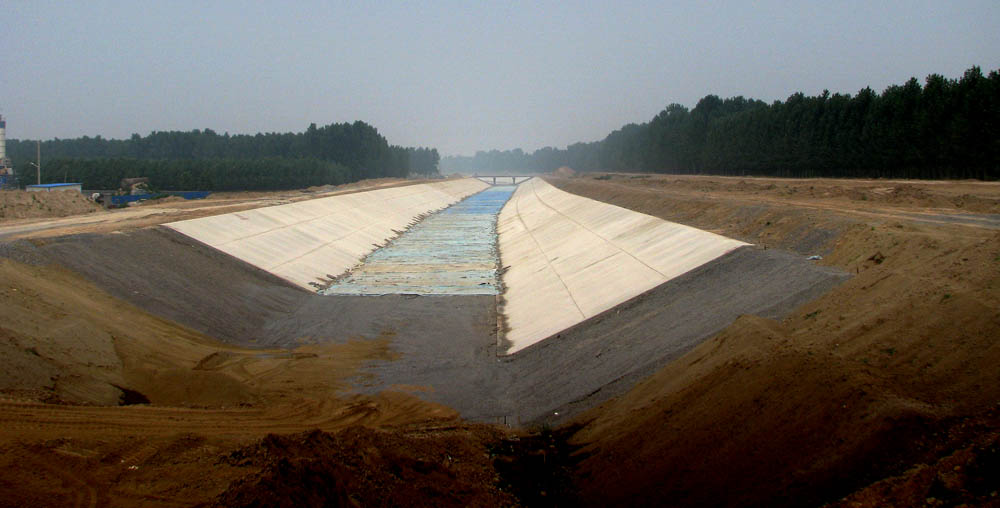
JINAN, China — At Circle of Blue, we have reported extensively on China’s giant water transfer schemes. In 2011, we visited the construction site of China’s mammoth project to divert water from the south into thirsty provinces in the country’s north. The same year, my colleague Keith Schneider reported on a proposed transcontinental pipeline that could draw seawater from the Bohai Sea into a complex of coastal desalination plants and then pump it uphill for hundreds of kilometers to unlock the fossil fuel riches in China’s north and northwest regions. And while the Bohai pipeline is still largely a pipe-dream — quite literally — the South-North Water Transfer Project (SNWT) is well under way to start diverting 27.8 billion cubic meters (7.3 trillion gallons) a year by the end of 2014 through eastern and central routes to relieve acute water shortages in northern China.
In January of this year, China announced that it had completed a critically important tunnel beneath the Yellow River for the construction of the eastern line of the project, which will supply thirsty cities, industries, and farm fields in the provinces of Jiangsu, Anhui, Shandong, and Hebei, as well as the city of Tianjin. I visited Shandong in early June to conduct research for the next Choke Point: China report — a follow-up to the first project by Circle of Blue and the China Environment Forum in 2011 — and snapped a few quick images of the line’s construction site not far from the provincial capital Jinan.
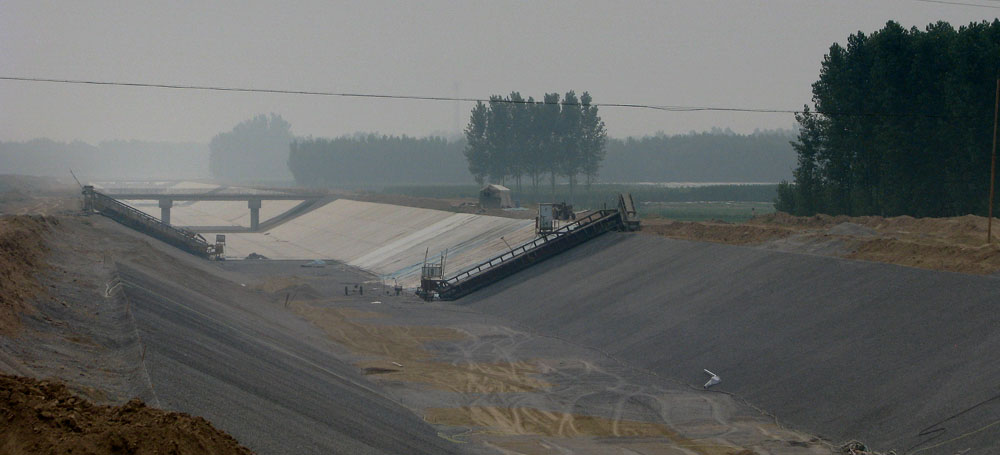

Shandong is slated to receive 1.47 billion cubic meters (388 cubic meters) of water a year from the scheme starting in 2013 — a much needed boost in a prime food-growing province on the downstream side of the Yellow River that seems to be getting increasingly drier. With two wheat crops and two corn crops per year, farming in Shandong is a nearly non-stop operation. The province, one of the most populous in China, is also a major industrial area.
Agriculture is a thirsty business in China, but especially in Shandong, where it accounts for the majority of the province’s water use. When I visited the area in June, even with the thick mist that hugged the ground, the horizon gleamed with a golden hue from the miles of wheat fields that stretched from all directions. Combine machines were busy harvesting the grain, as hundreds of farmers were stretching the wheat like massive carpets to dry on the country roads. For a week. The afternoon the wheat harvest was finished, they would already be planting and irrigating corn.
Big infrastructure projects designed to solve big national problems like the water scarcity in China’s north are a cultural priority as old as China itself. But as its cities, industries, and farms keep growing faster than supply, many wonder how long it will take before China gets in over its head.
Interested in China’s agriculture industry? Have a story to tell? Email me at circleofblue.org/contact or comment below.
Nadya Ivanova
Circle of Blue reporter
, a Bulgaria native, is a Chicago-based reporter for Circle of Blue. She co-writes The Stream, a daily digest of international water news trends.
Interests: Europe, China, Environmental Policy, International Security.



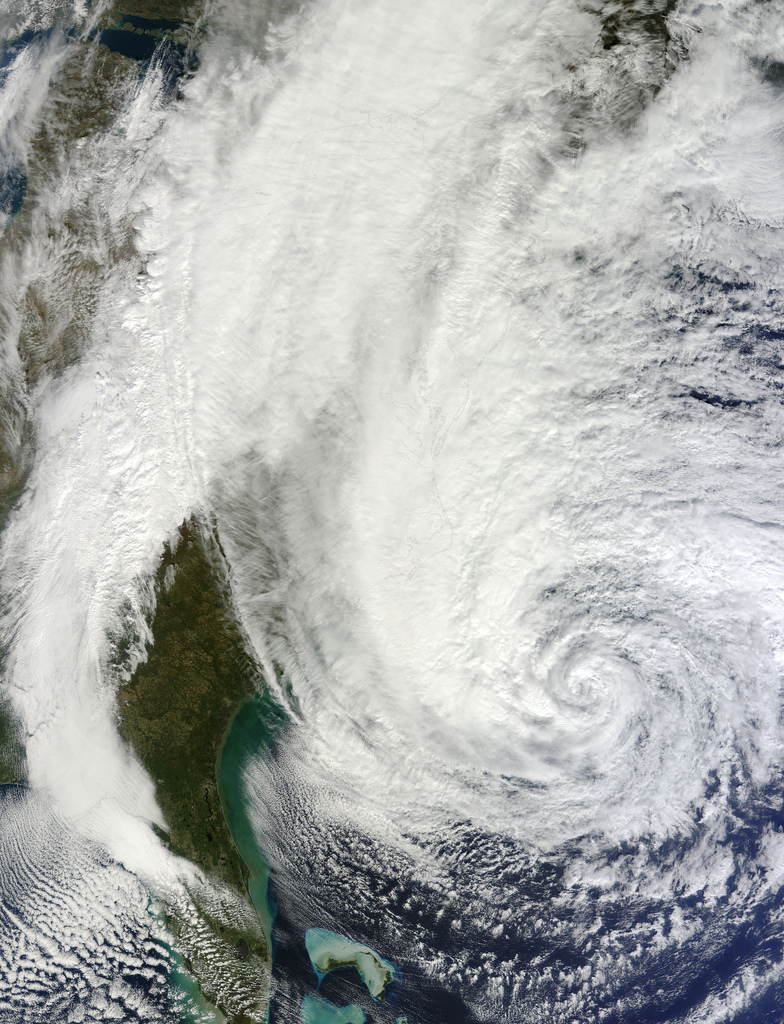
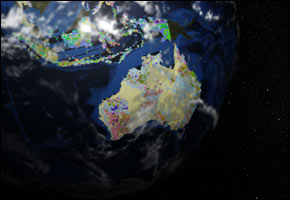

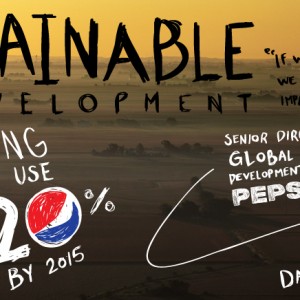
Leave a Reply
Want to join the discussion?Feel free to contribute!